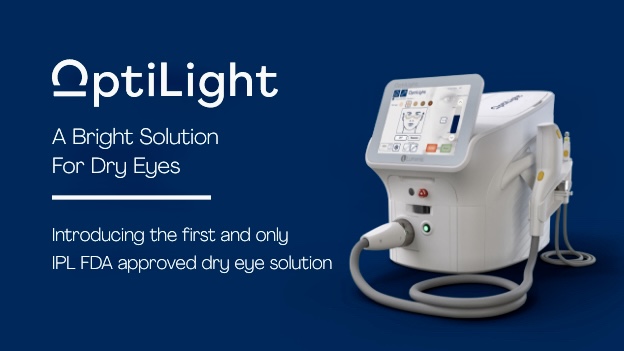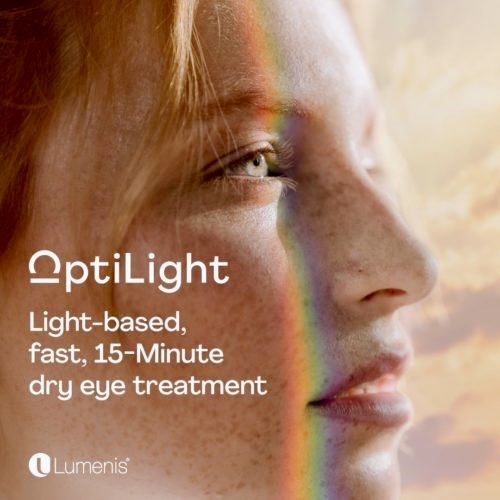Intense Pulsed Light (IPL) Therapy for Ocular Surface Disease
Ocular Surface Disease, commonly known as dry eye, is a common condition where the eyes do not produce enough tears or the tears evaporate too quickly, leading to discomfort and visual disturbances.
 One innovative treatment that has gained popularity in managing this condition is Intense Pulsed Light (IPL) therapy.
One innovative treatment that has gained popularity in managing this condition is Intense Pulsed Light (IPL) therapy.
What is IPL?
Intense Pulsed Light (IPL) therapy involves using a broad spectrum of light to target and treat various skin conditions. Originally developed for cosmetic purposes, IPL has been found to be effective in treating the underlying causes of dry eye, particularly those related to meibomian gland dysfunction (MGD).
How Does IPL Work for Dry Eye?
IPL therapy works by delivering controlled pulses of light to the skin surrounding the eyes. This light energy is absorbed by the blood vessels and pigments, which helps in several ways:
- Reduction of Inflammation: IPL can reduce inflammation around the eyes, which is a common contributor to dry eye syndrome.
- Improvement of Meibomian Gland Function: The pulses of light help to unclog and stimulate the meibomian glands, which are responsible for producing the oily layer of the tear film. This helps in maintaining tear stability and preventing evaporation.
- Decreasing Bacterial Load: IPL may also reduce the presence of Demodex mites and bacteria on the eyelids, which can contribute to dry eye symptoms.
Benefits of IPL for Dry Eye

- Non-Invasive Treatment: IPL is a non-surgical procedure that is generally well-tolerated with minimal discomfort.
- Quick Procedure: Each session typically takes about 15-20 minutes, and patients can resume normal activities shortly afterward.
- Long-Lasting Relief: Many patients experience significant and prolonged relief from dry eye symptoms after a series of IPL treatments.
- Comprehensive Approach: IPL therapy addresses multiple underlying factors contributing to dry eye, providing a holistic treatment solution.
Considerations
Although IPL therapy is effective for many, it may not be suitable for everyone. Here are some considerations:
- Skin Type: Individuals with darker skin tones may not be ideal candidates for IPL due to the risk of pigment changes.
- Number of Sessions: Multiple sessions are often required to achieve optimal results, with maintenance treatments recommended.
- Professional Evaluation: A thorough evaluation by an eye care professional is necessary to determine if IPL is the right treatment option for your specific condition.
IPL therapy offers a promising solution for those suffering from dry eye syndrome, particularly when traditional treatments have been ineffective. By addressing the root causes of dry eye, IPL can provide lasting relief and improved quality of life for many patients.
Always consult with a healthcare professional to discuss potential benefits and risks before starting any new treatment.

